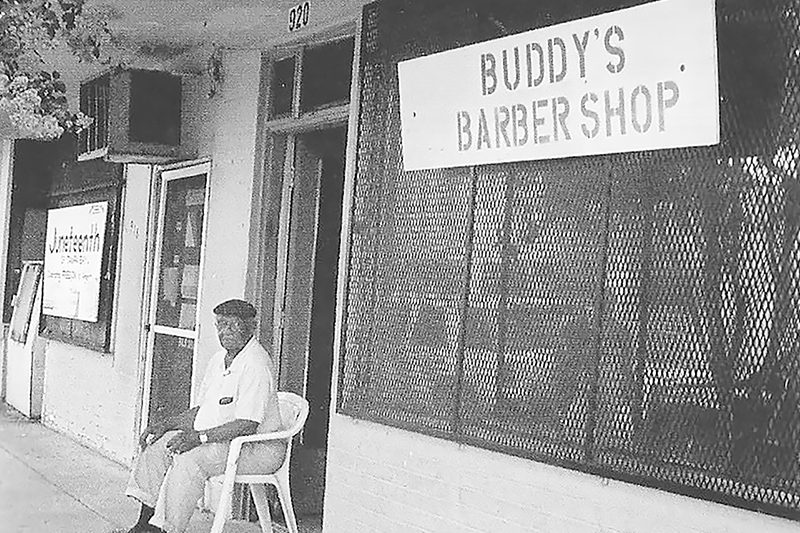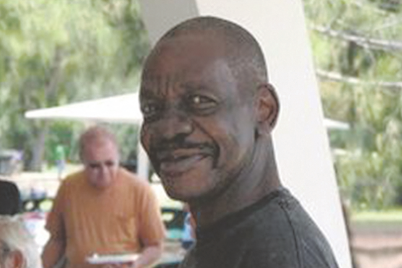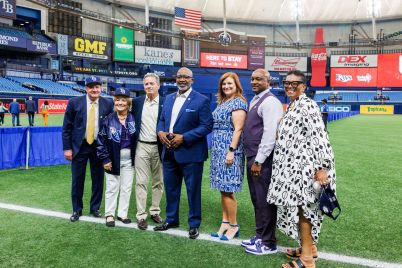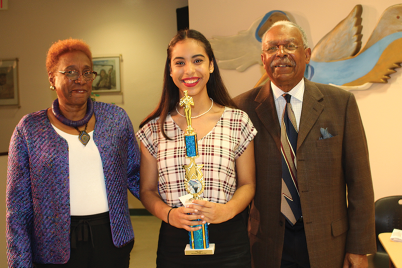William H. “Buddy” West was a barber, a tailor and a promoter at the Manhattan. He is credited with bringing in Louis Armstrong and Fats Waller, among others.
By Gwendolyn Reese
The Manhattan Casino, known as “The Home of Happy Feet,” occupied the second floor of a building a half-block in length and 12,000 square feet. The building housed several businesses over the years including a pharmacy, restaurants, a cleaner, a variety store, barbers, a post office, the Manhattan Bar and Package, and the Manhattan Pool Room.
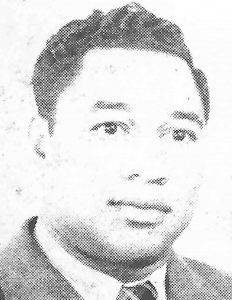
In addition to promoting the Manhattan and booking famous musicians and vocalist, George Grogan taught chemistry at Gibbs High School, sold real estate and managed Jordan Park.
As noted in part one of this article, nearly all of the musicians and vocalists of the era, regardless of the genre, performed at the Manhattan Casino. Several men were primarily responsible for booking the performers. One was George Grogan, who is considered by many to be the person most responsible for defining the character and legacy of the Manhattan.
In addition to promoting the Manhattan and booking famous musicians and vocalists, Grogan taught chemistry at Gibbs High School, sold real estate and managed Jordan Park. He is fondly remembered for giving James Brown a start at the Manhattan.
William H. “Buddy” West was a barber, a tailor and a promoter at the Manhattan. He is credited with bringing in among others, Louis Armstrong and Fats Waller and he arranged Thursday afternoon dances for young people, charging 25 cents admission.
Rev. Goldie Thompson, a popular radio personality and gospel disc jockey, booked the best gospel singers of the era into the Manhattan. He also promoted gospel singers throughout the state and organized the Teenagers, a singing group he managed.
For more than 40 years, the Manhattan served as a social hub for black residents and it also provided one of the few venues where black and white residents mingled for performances by musicians such as Ella Fitzgerald, Duke Ellington and Count Basie.
The Manhattan Casino closed in 1968 and in 1986 the building was purchased by John Miller for $30,000 to use as a storage facility for his sign business. He used the first floor for his shop and maintenance area and the second floor for storage.
It was listed as having 2,400 square feet when the actual square footage was 12,000. Miller got a bargain. In 1994, the city council, recognizing the building’s cultural and historical significance, designated the building as a historic landmark.
It is now Dec. 2003; the city owns the Manhattan Casino with plans to reopen a renovated and enlarged building in May 2005. The renovation estimated to cost $2.3 million would return the Manhattan to what it was back in the day. There was still a long road ahead until the completion and opening of the Manhattan.
On Dec. 28, 2005, there was a Manhattan Casino tent during the annual First Night celebration. The event was scattered throughout the city, from Straub Park to Central Avenue and from Dr. Martin Luther King and Second Avenue North to 22nd Street. A stage was set up across the street from the Manhattan Casino.
The exterior renovation was complete, but the inside was unfinished. The Buster Cooper Jazz Band played what was labeled Manhattan Casino Era Jazz under the tent from 2-3 p.m. and again from 4-5 p.m.
Down the street at the Dr. Carter G. Woodson African American History Museum, organist and local music legend Al Williams played two sets, and saxophonist Eric Darius performed at the renovated Royal Theater. Al Williams and his band, the Versatiles, were one of the many local groups that performed at the Manhattan during its heyday. A photo from the early 60s shows organist Fess Clark, trumpeter and bandleader Al Williams, drummer Martin Rainey, saxophonist Leroy Barton, and vocalist George Brown.
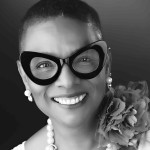
Gwendolyn Reese, “I AM”
Finally, the day we’d all been waiting for arrived. It’s Friday, Oct. 28, 2011, the kick-off of the grand reopening weekend, which is a three-day celebration featuring local musicians, John Lamb, Ron Gregg, Ernie Calhoun and Al Williams as well as the Dizzy Gillespie All-Stars. The weekend included an open house, street festival and gospel brunch. A weekend to be enjoyed by all.
The phoenix rises; the Manhattan Casino was reborn.
Sources:
Gadsden, Sandra. “Historic Manhattan brings back the music.” Tampa Bay Times. 26 October 2011. Pg. 1 & 3
Peck, Rosalie and Jon Wilson. St. Petersburg’s Historic 22nd Street South. Charleston: The History Press 2006
Rogers, David. “The Manhattan Casino: It was All We Had.” St. Petersburg Times, July 5, 1999. Pg. 1 and 6
Wilson, Jon. “Manhattan Casino addition gets approval from city.” St. Petersburg Times, December 24, 2003. Pg. 10

